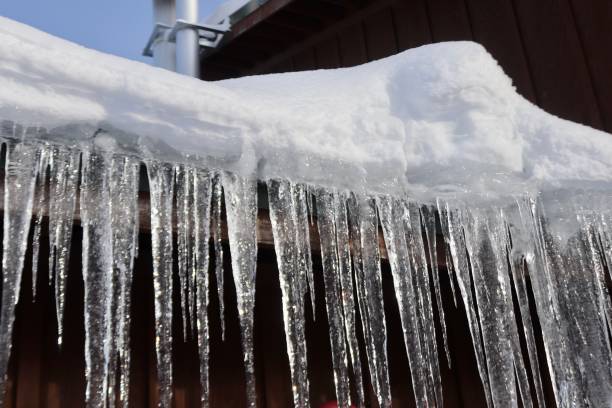Essential Tips for Preventing Frozen Plumbing in Cold Weather Conditions
Further DetailsJust about every person may have their own individual idea on the subject of 6 Ways to Prevent Frozen Pipes.

Winter can wreak havoc on your plumbing, specifically by freezing pipes. Below's just how to avoid it from taking place and what to do if it does.
Intro
As temperature levels drop, the risk of frozen pipes boosts, possibly leading to pricey repair services and water damages. Comprehending how to stop frozen pipelines is crucial for homeowners in chilly climates.
Comprehending Frozen Pipelines
What triggers pipes to freeze?
Pipes freeze when subjected to temperature levels below 32 ° F (0 ° C) for extended periods. As water inside the pipelines freezes, it broadens, putting pressure on the pipeline walls and possibly causing them to rupture.
Threats and problems
Icy pipes can result in supply of water disturbances, residential property damages, and expensive repairs. Burst pipes can flooding homes and create extensive structural damage.
Indications of Frozen Piping
Recognizing icy pipes early can avoid them from bursting.
Just how to recognize icy pipelines
Try to find reduced water flow from taps, uncommon smells or noises from pipes, and visible frost on exposed pipelines.
Avoidance Tips
Protecting prone pipes
Cover pipes in insulation sleeves or utilize warm tape to shield them from freezing temperature levels. Focus on pipelines in unheated or outside locations of the home.
Heating methods
Maintain indoor areas properly heated, specifically areas with pipes. Open cabinet doors to permit warm air to flow around pipes under sinks.
Safeguarding Exterior Pipes
Yard tubes and outside taps
Disconnect and drain yard hoses before winter months. Install frost-proof spigots or cover outside faucets with shielded caps.
What to Do If Your Pipelines Freeze
Immediate activities to take
If you believe icy pipes, maintain faucets open up to eliminate pressure as the ice melts. Use a hairdryer or towels soaked in warm water to thaw pipes slowly.
Long-Term Solutions
Architectural modifications
Consider rerouting pipes far from outside walls or unheated areas. Add extra insulation to attic rooms, cellars, and crawl spaces.
Upgrading insulation
Invest in top notch insulation for pipelines, attic rooms, and wall surfaces. Appropriate insulation aids keep constant temperature levels and minimizes the danger of icy pipelines.
Conclusion
Protecting against frozen pipes calls for aggressive steps and fast reactions. By recognizing the reasons, indicators, and preventive measures, house owners can protect their plumbing throughout cold weather.
5 Ways to Prevent Frozen Pipes
Drain Outdoor Faucets and Disconnect Hoses
First, close the shut-off valve that controls the flow of water in the pipe to your outdoor faucet. Then, head outside to disconnect and drain your hose and open the outdoor faucet to allow the water to completely drain out of the line. Turn off the faucet when done. Finally, head back to the shut-off valve and drain the remaining water inside the pipe into a bucket or container. Additionally, if you have a home irrigation system, you should consider hiring an expert to clear the system of water each year.
Insulate Pipes
One of the best and most cost-effective methods for preventing frozen water pipes is to wrap your pipes with insulation. This is especially important for areas in your home that aren’t exposed to heat, such as an attic. We suggest using foam sleeves, which can typically be found at your local hardware store.
Keep Heat Running at 65
Your pipes are located inside your walls, and the temperature there is much colder than the rest of the house. To prevent your pipes from freezing, The Insurance Information Institute suggests that you keep your home heated to at least 65 degrees, even when traveling. You may want to invest in smart devices that can keep an eye on the temperature in your home while you’re away.
Leave Water Dripping
Moving water — even a small trickle — can prevent ice from forming inside your pipes. When freezing temps are imminent, start a drip of water from all faucets that serve exposed pipes. Leaving a few faucets running will also help relieve pressure inside the pipes and help prevent a rupture if the water inside freezes.
Open Cupboard Doors
Warm your kitchen and bathroom pipes by opening cupboards and vanities. You should also leave your interior doors ajar to help warm air circulate evenly throughout your home.

I was made aware of that report about 6 Ways to Prevent Frozen Pipes from an acquaintance on another web page. Do you know about somebody else who is fascinated about the niche? Do not hesitate to share it. Thanks a lot for taking the time to read it.
Website